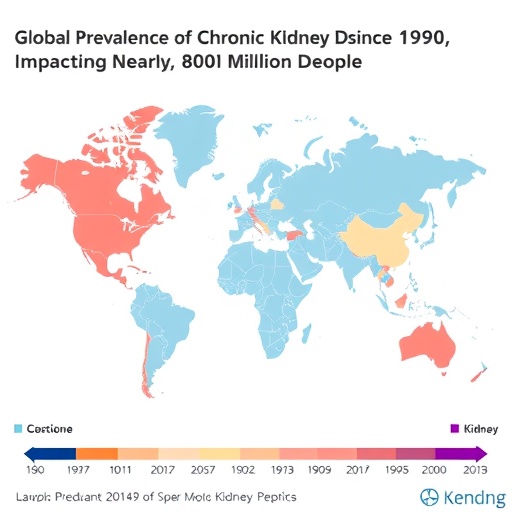Researchers from Aarhus University have found an important piece of the puzzle leading towards an understanding of how our innate immune system reacts against viral infections and recognises foreign DNA, for example from dying cancer cells. The discovery may prove to be of great importance for immunological treatment of cancer as well as autoimmune diseases in the future.
Our immune system's most important function is to monitor the body for danger signals. A classical danger signal is DNA from micro-organisms and damaged or dying cells. When DNA accumulates within the cytoplasm of cells (cytoplasm comprises the entire contents of the cell except for the cell nucleus), they will react by making interferon, a type of signalling protein that alarms neighbouring immune cells about approaching danger. Thus far, researchers have fought to explain these events in details. New Danish research has now taken an important step towards doing just this.
"We have discovered that a protein called IFI16, which most of our immune cells carry, has crucial significance for the cell's defence against microorganisms or dying cells' release of DNA," explains one of the researchers behind the study, Associate Professor Martin Roelsgaard Jakobsen from the Department of Biomedicine, Aarhus University, about the results, which have just been published in Nature Communications.
Knowledge about how IFI16 works in immune cells and how it helps to initiate and control an immune response can have major long term potential for various types of immunotherapies that are used in the treatment of cancer.
Examined cellular debris
The innate immune system consists of many different knobs that can be 'pulled' to fight infections by initiating the production of interferon and various inflammatory cytokines. One of these knobs is called STING, a protein that is activated when immune cells sense the presence of DNA parts outside the cell nucleus.
"STING's function and its degree of activity play a significant role in how well the body fights conditions when it is exposed to something that is foreign or abnormal such as infections and cancer," explains Martin Roelsgaard Jakobsen.
In the new study, the researchers chose to investigate the function of STING in one of the most essential immune cells known to engulf cell-free DNA – the macrophages. They deleted different genes from macrophages' genetic backbone and examined whether the "STING knob" continued to function. It turned out that when the gene which encodes the protein IFI16 was depleted, macrophages stopped producing an immune response and halted production of interferon when exposed to cell-free DNA or DNA viruses.
"By using different molecular biological methods, we could clearly demonstrate that our immune cells only need a very small fraction of the IFI16 protin for STING to function optimally," says Martin Roelsgaard Jakobsen.
The researchers are currently making use of the new knowledge to develop ways in which they can turn the STING knob in different directions – either up or down in the activity – with the help of synthetic designed molecules.
"Within the next five to seven years we hope to have developed a new form of medicine that can support current immunotherapies in the cancer field, where we go directly in and boost the innate immune defence system in the cancerous tumour by using molecules that targets and triggers STING and IFI16 function," explains Martin Roelsgaard Jakobsen.
To make certain that this new knowledge will benefit patients as much as possible, the project group is currently working on a commercialisation platform in collaboration with the NOME and ScaleUp Denmark programmes (nome.nu and scale-updenmark.com).
###
The research results – more information
Type of study: Basic research
Partners: Ulm Medical Centre, Germany and the University Medical Centre, Utrecht, The Netherlands
External funding: The Lundbeck Foundation, the Danish Council for Independent Research, the Augustinus Foundation, Frode V. Nyegaard og Hustrus Foundation
Read the scientific article: http://www.nature.com/articles/ncomms14391
Media Contact
Martin Roelsgaard Jakobsen
[email protected]
45-87-16-78-46
@aarhusuni
http://www.au.dk
############
Story Source: Materials provided by Scienmag




